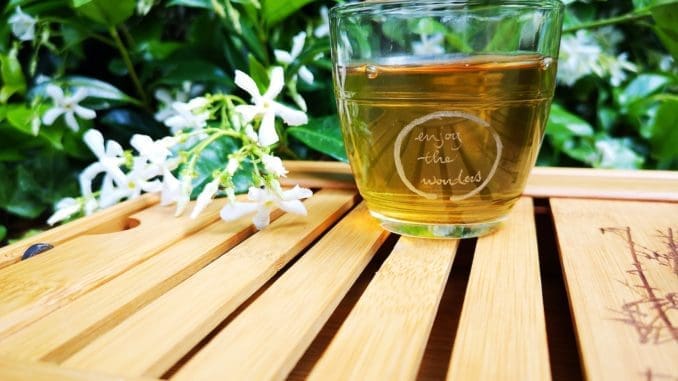
What if I told you, legitimately, that you could improve all aspects of your well-being simply by drinking a specific type of drink every day? Well, how about if I switched that around and told you you probably drink things every day (or at least every week), which would eventually cause your body to deteriorate and leave you in a worse state than when you started? Both of these statements are true.
What type of drink has a significant negative effect on your body?
And the drink with almost immeasurably positives? Green Tea. We LOVE Green Tea. We advocate drinking it every day, and for good reason. It improves both your BRAIN performance and your PHYSICAL performance. That sounds like an easy win!
If you don’t know much about its health benefits, here’s a quick rundown for you.
Green Tea Has Anti-Cancer Antioxidants
It’s loaded with polyphenols, which function as powerful antioxidants – including ‘epigallocatechin-3-gallate’ (EGCG), which helps to block carcinogenesis. (the formation of cancer.)(1)
Green Tea Improves Brain Function
Green tea contains caffeine – which is good or bad depending on how you look at it. However, it is much less intense than coffee and increases dopamine output. (2) The positive effects of caffeine have been well studied.
Green Tea Improves Learning and Memory
It contains the amino acid L-theanine, which overall has anti-anxiety effects, and behavioural studies in animals suggest improved learning and memory. (3)
Green Tea Improves Fat Burning
Many studies show increases in energy expenditure, fat oxidation, and increased metabolic rate in humans from using green tea. However, some studies don’t – other factors are at play (caffeine), but it’s definitely a good thing. Studies like this one on 60 obese Thai men concluded that green tea could reduce body weight by increasing energy expenditure and fat oxidation. (4)
There are many different types of green tea, from the more traditional Oolong, Chinese favorite Jasmine, and funky/posh flowering teas like Lotus, which start as a small ball and actually flower when you add the hot water!
Similarly, it’s available from many companies in many forms, but undoubtedly, the tastiest way to enjoy it is to brew your green tea from actual loose tea leaves rather than using tea bags from numerous brands. (These are fine but can taste somewhat bitter when compared to real tea leaves.) If you are using tea bags, Clipper Pure Green Tea is tasty, and Double Dragon is a fragrant-tasting jasmine tea variety.
References:
- Biochem Pharmacol. 2011 Dec 15;82(12):1807-21. doi: 10.1016/j.bcp.2011.07.093. Epub 2011 Jul 30.
Green tea catechin, epigallocatechin-3-gallate (EGCG): mechanisms, perspectives and clinical applications.
Singh BN1, Shankar S, Srivastava RK. - Brain Res Brain Res Rev. 1992 May-Aug;17(2):139-70. Caffeine and the central nervous system: mechanisms of action, biochemical, metabolic and psychostimulant effects. Nehlig A1, Daval JL, Debry G.
- J Herb Pharmacother. 2006;6(2):21-30. The neuropharmacology of L-theanine(N-ethyl-L-glutamine): a possible neuroprotective and cognitive enhancing agent. Nathan PJ1, Lu K, Gray M, Oliver C.
- Physiology & Behavior Volume 93, Issue 3, 27 February 2008, Pages 486–491 Effectiveness of green tea on weight reduction in obese Thais: A randomized, controlled trial. Paradee Auvichayapata, Montira Prapochanunga, Oratai Tunkamnerdthaia, Bung-orn Sripanidkulchaib, Narong Auvichayapatc, Bandit Thinkhamropd, Soontorn Kunhasurae, Srisuda Wongpratoomf, Supat Sinawata, Pranithi Hongprapasg.





Be the first to comment